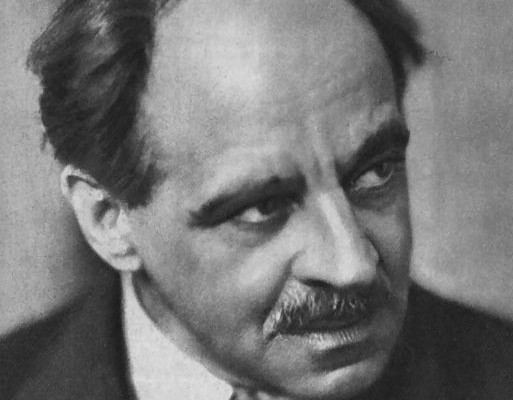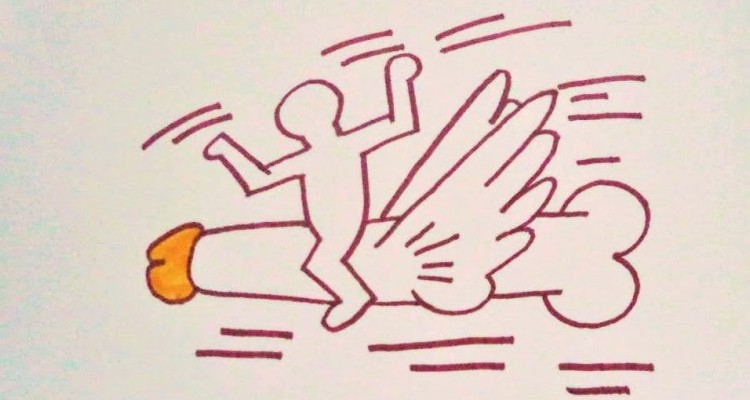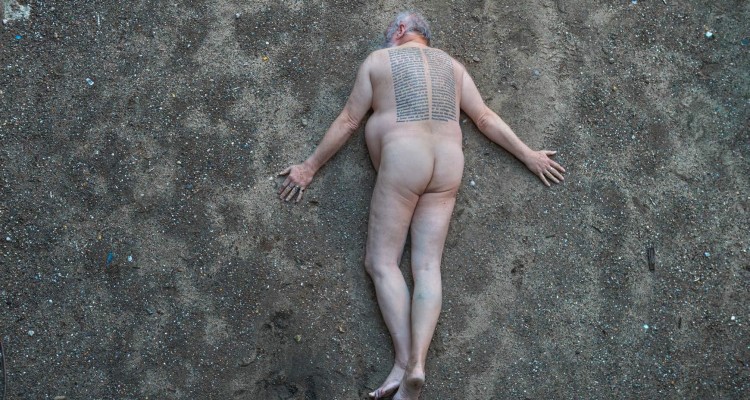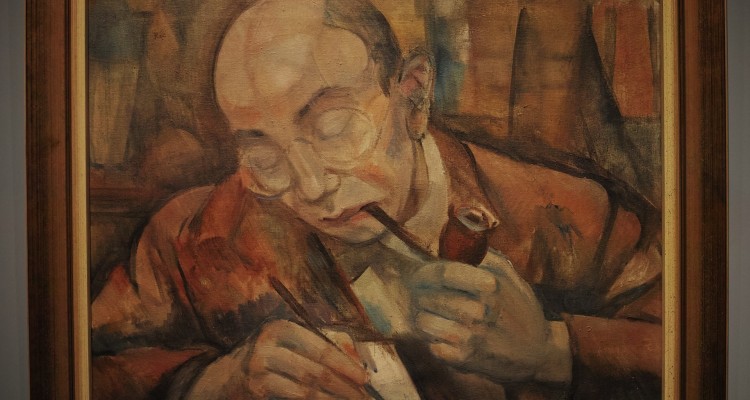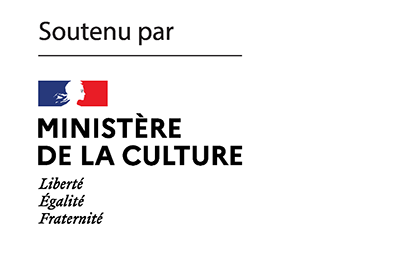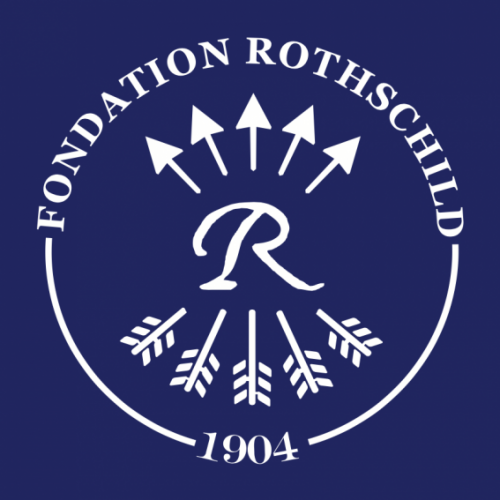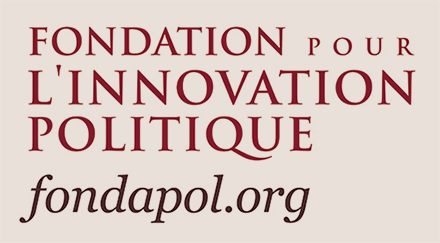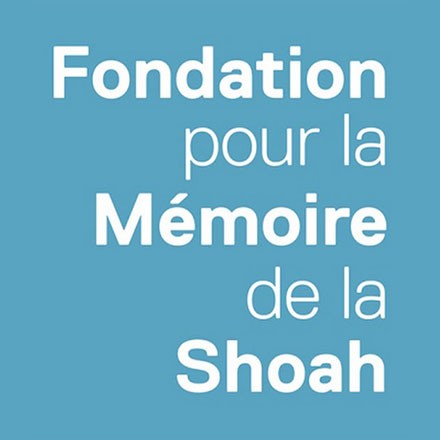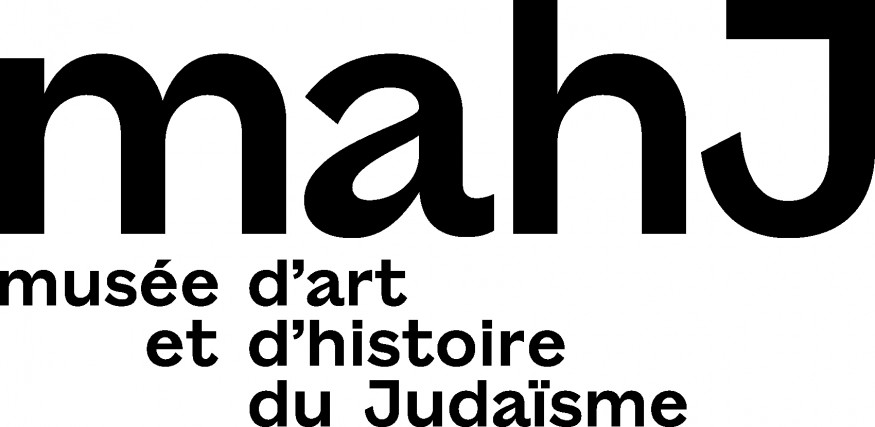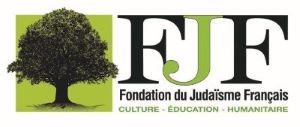Culture - Germany
What happened that caused the newspaper published by the Zentralrat der Juden in Deutschland, the Central Council of Jews in Germany, to demand that the Minister of Culture resign? The presence of a blatantly anti-Semitic painting in the world’s largest contemporary art exhibition – the documenta, which has been held every five years since 1955 in the city of Cassel. It was due to the presence of the painting but also the result of a long debate before the fact about the anti-Semitic character of the 2022 edition of documenta, on which the minister did not want to take position in the name of freedom of art. Julia Christ reports on the crazy sequence of discussions and false humility consequent to the appearance of this work.
Published a year ago, The Memory Monster (Restless Books) is Yishai Sarid’s fourth book, after two crime novels and a novel set in a futuristic dystopia. This penultimate novel, The Third, imagined the destruction of Tel Aviv and Haifa, an endeavor to rebuild the Temple in Jerusalem and Israel’s transformation into a theocratic kingdom. The Memory Monster is an equally provocative and disturbing story that questions the relationship of Israelis to Europe and the memory of the Holocaust.
Barbara Honigmann portrays the writer Jakob Wassermann (1873-1934), who expresses the unease of a generation at the beginning of the twentieth century at the idea of being both Jewish and German – or of not really being either one or the other. Wassermann said he believed in a possible symbiosis of the two identities, while deploring the condition of the Western Jew of his time, cut off from his past. Barbara Honigmann’s text plunges us into the heart of a tension experienced as an internal tug of war.
Born in Germany, from which she fled to London, the narrator of “The Appointment” pours out her heart while being examined by her gynecologist, Dr. Seligman. Resolutely provocative, mixing sexual fantasies about Hitler with sharp insights into our contemporary society, the novel is a satirical parable over which the shadow of Philip Roth, Woody Allen and Thomas Bernhardt hovers.
Frédéric Brenner has spent the last three years exploring Berlin — a stage for a vast spectrum of expressions and performances of Judaism. ‘Zerheilt: Healed to Pieces’ is the name of the recently opened exhibition at the Jewish Museum in Berlin and the book that comes with it. It features images of equally fascinating and emblematic figures of a strangeness of the Jewish presence in Berlin today.
Fifty-five years ago, in 1966, Jean Améry published ‘At the Mind’s Limits: Contemplations by a Survivor on Auschwitz and Its Realities’. In the preface he speaks of the “a gloomy spell” that prevented him from speaking for two decades, until the moment when “suddenly everything demanded telling.” This “everything” that wanted to be said is first of all a powerlessness: that of culture and spirit in the face of Auschwitz.
The Humboldt Forum’s vocation is to host exhibitions on non-European cultures. But this ethnographic museum is now at the center of a controversy over the ownership of artworks and objects obtained during the German colonial empire in Africa and Asia. In this interview with the art historian Horst Bredekamp, we wanted to learn more about a forgotten German ethnographic tradition – and in particular about the contribution of Jewish scholars and collectors within this tradition.
Join us
With the support of:
Thanks to the Paris office of the Heinrich Böll Foundation for their cooperation in the design of the magazine’s website.


